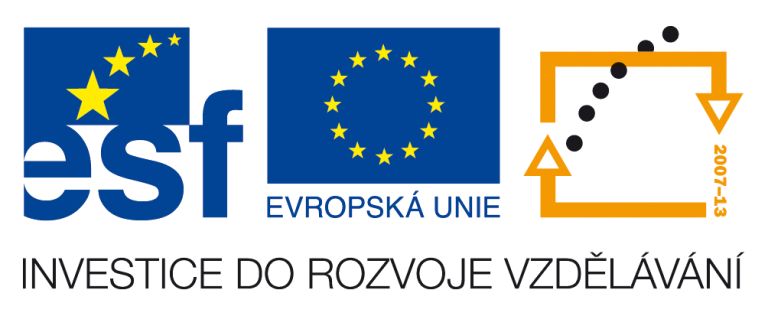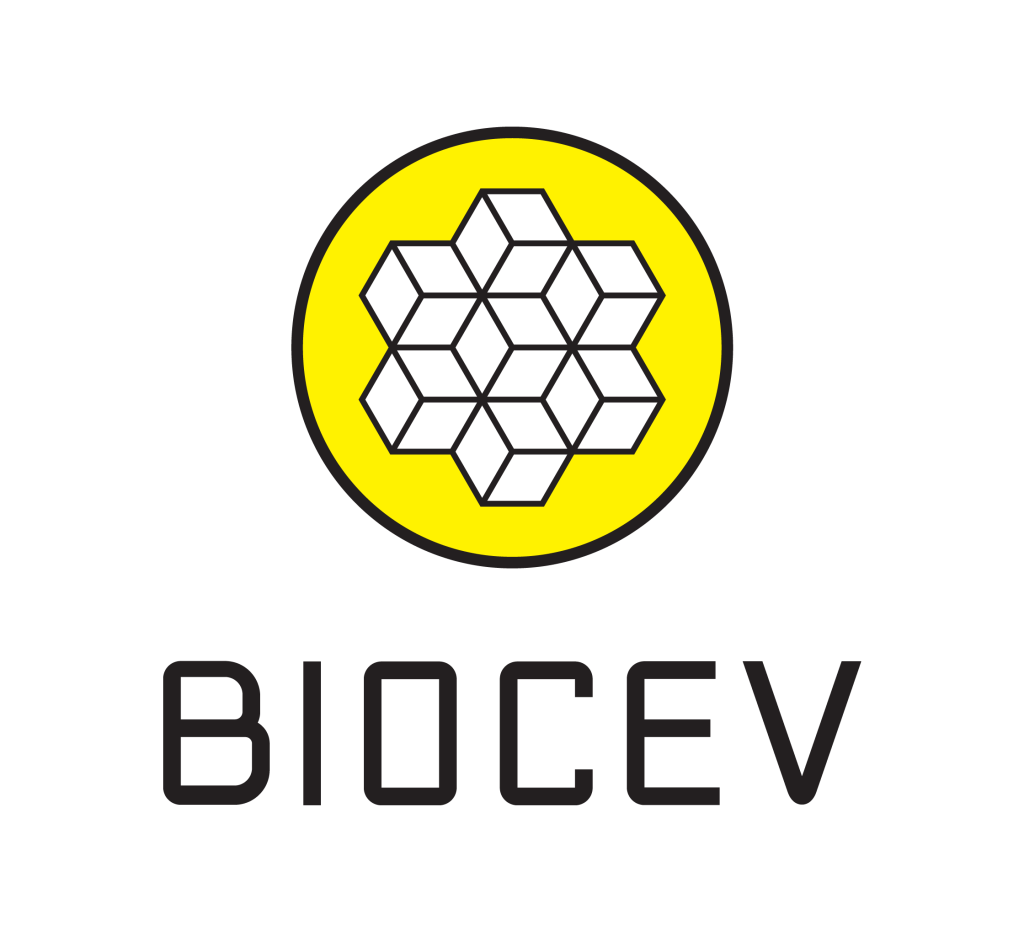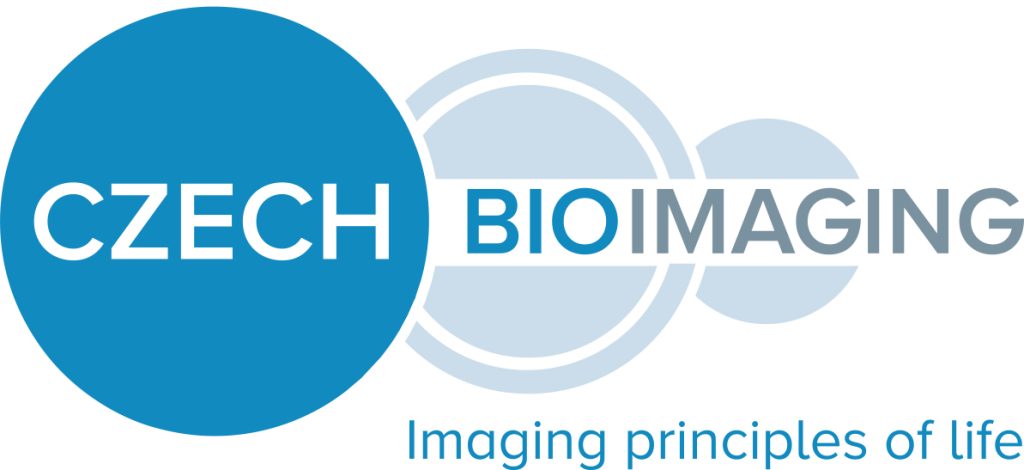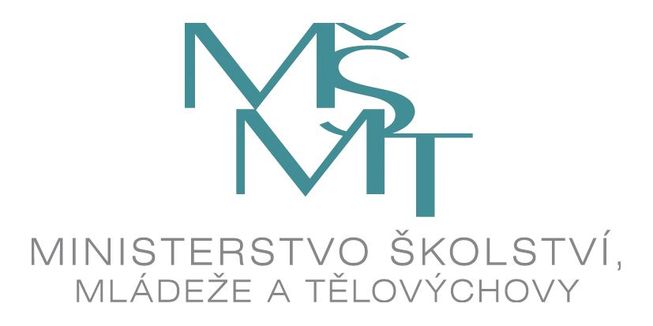RNDr. Petr Ježek, DrSc., Laboratory of Mitochondrial Physiology, IPHYS
Acute redox signaling from mitochondria has been sparsely reported. Fatty acid- (FA-) stimulated insulin secretion (FASIS) at low glucose by pancreatic beta-cells has been questioned. We show that FA beta-oxidation produces superoxide/H2O2, providing: i) mitochondria-to-plasma-membrane redox signaling, closing KATP-channels synergically with elevated ATP (substituting NADPH-oxidase-4-mediated H2O2-signaling upon glucose-stimulated insulin secretion); ii) activation of redox-sensitive phospholipase iPLA2gamma (termed alsoPNPLA8), cleaving mitochondrial FAs, enabling metabotropic GPR40 receptors to amplify insulin secretion (IS). At fasting glucose, palmitic acid stimulated IS in wt mice; palmitic, stearic, lauric, oleic, linoleic, and hexanoic acids also in perifused pancreatic islets (PIs), with suppressed 1st phases in iPLA2gamma-knockout mice/PIs. Extracellular/cytosolic H2O2-monitoring indicated knockout-independent redox signals, blocked by mitochondrial antioxidant SkQ1, etomoxir, CPT1 silencing, and catalase overexpression, all inhibiting FASIS, keeping ATP-sensitive K+-channels open, and diminishing cytosolic [Ca2+]-oscillations. FASIS in mice was a postprandially delayed physiological event. Redox signals of FA beta-oxidation are thus documented, reaching the plasma membrane, essentially co-stimulating IS. Moreover, upon glucose-stimulated insulin secretion, mitochondrial cristae became narrowed in 2D transmission electron microscopy sections, resulting from inflation of cristae volume, documented by 3D images of 2 nm resolution taken by focused-ion beam / scanning electron microscopy (FIB/SEM).
Summary: Redox signal of beta-oxidation of fatty acids plus concomitant elevation of ATP is essential for fatty-acid stimulated insulin secretion at low glucose in pancreatic beta cells.








